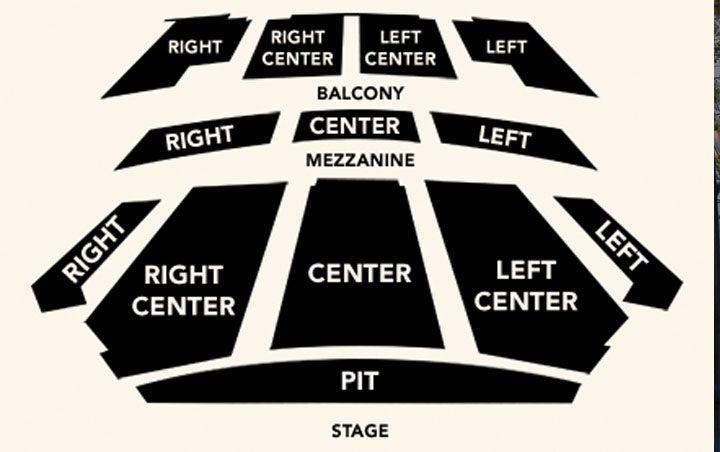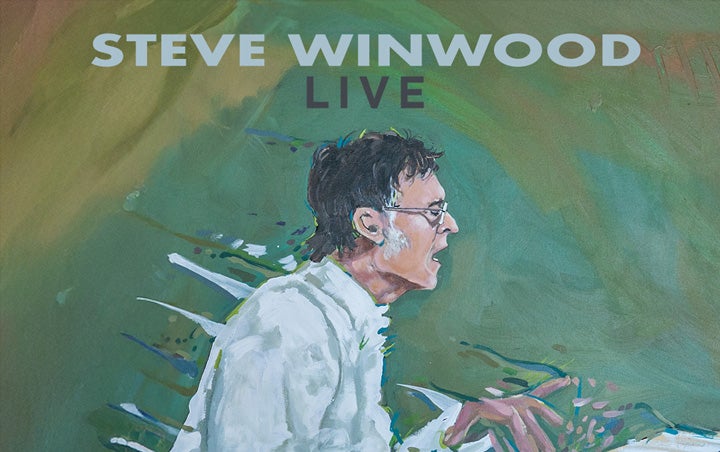F.M. Kirby Center
The F.M. Kirby Center is a historic Art Deco-Moderne style movie theater located at Wilkes-Barre, Pennsylvania. It was added to the National Register of Historic Places in 1980.
Since opening its doors 20 years ago, the F. M. Kirby Center's cumulative audience has been more than 2.5 million people. These audiences have witnessed a broad spectrum of attractions, ranging from grand opera to a cattle auction, from Broadway musicals to 18th Century dramas, from musicians to comedians (simultaneously when Victor Borge performed here), from ballet to acrobats, from magicians to ice skaters, plus the Young People's Theater which annually attracts as many as 10,000 pre-kindergarten though grade 12 students.
Beyond entertainment, the Kirby Center has hosted countless meetings, major political figures, religious ceremonies, graduations and numerous parties and weddings.
Celebrating 20 years of bringing the arts and entertainment to the Wyoming Valley, the Board of Directors of the Kirby Center launched a $750,000 anniversary fundraising campaign in 2005-2006, titled, "Take Your Seats, Please". These funds, raised from the public and private sectors, were earmarked to refurbish sections of the theater's interior as well as improve technical capabilities. Donations to the "Take Your Seats, Please" campaign entitled the donor to an engraved brass plaque, honoring an individual(s) or business, to be placed on the arm of a seat in designated locations in the orchestra, mezzanine or balcony.
This Art-Deco jewel, now offers newly refurbished interiors as it enters its third decade with a restatement of its heritage. In place since the Kirby's opening in 1986, the carpeting had surpassed its useful life. The re-creation of the 1938 carpeting design was accomplished from original photographs and printed descriptions of the interior. Research was also conducted to determine the style and color palate of the original wall coverings in the lobby areas; these walls are now covered in a golden splendor of hand painted wallpaper, while the ceilings, also golden, were magnificently painted utilizing a decorative arts technique reminiscent of the 1938 Art Deco style. Also undergoing refurbishment were the seats, which now boast of new cushions covered with the luxury of red velvet, an important element in keeping with the grand styling of this theater. Additionally, the seating system was reconfigured to serve patrons with unique needs. Ten former spaces for wheel-chair-bound patrons were increased to nineteen which also allows access to more seating opportunities in various sections of the orchestra level. The new seating plan maintains the spacious leg room between the rows, and has kept the Kirby Center's excellent sight lines intact. Though, not so glamorous, but a definite necessity, trenching for show-related electrical cables was completed in the auditorium. The covered trenches now temporarily hide unsightly cables under the carpeting, enabling safe footing for audience members.
After four months of refurbishment, the gloriously restyled F. M. Kirby Center for the Performing Arts held an open house for its public on September 29, 2006 with a screening of "Alexander's Ragtime Band", the same film that opened the Comerford Movie Theater, the jewel of the M. E. Comerford 45-theater chain, on Thursday, August 18, 1938, sixty-eight years ago. Hundreds of attendees enjoyed back stage tours and musical entertainment reminiscent of the 1930s. It is through the committed support of the community that this magnificent building still exists and is able to continue its legacy as the F.M. Kirby Center for the Performing Arts to present the best of the performing arts and entertainment in northeast Pennsylvania.
What is Art Deco Styling? The art deco nature of the Kirby Center reflects an era that was an amalgam of styles - diverse and conflicting influences. Some trace its roots to Paris and the 1925 "Exposition des Arts Decoratifs et Industriels Modernes," from which the term "art deco" originates.
It was an emotional style in Paris ... exuberant, colorful and playful. When it eventually was adopted by other European countries and later the United States, it was given a more intellectual interpretation based on theories of functionalism and economy, often referred to as "Modernism."
Art Deco was unlike its stylistic predecessors because it was clean and pure. The lines, if they curved, were gradual and sweeping; straight lines were straight as a ruler. It used aspects of machine design as inspiration, and accelerated the adoption of new materials like plastic, bakelite and chrome.
According to writer Mike Darton, "The mixing of all these influences made Art Deco the style it is. In the hands of a genius, the objects transcended their sources. In the hands of incompetent designers, or plagiarists, they might become drab or garish, but they were, nevertheless, truly Art Deco." Art Deco survives today as the last truly sumptuous style ... and we at the F.M. Kirby Center revel in its fertility and exuberance.





